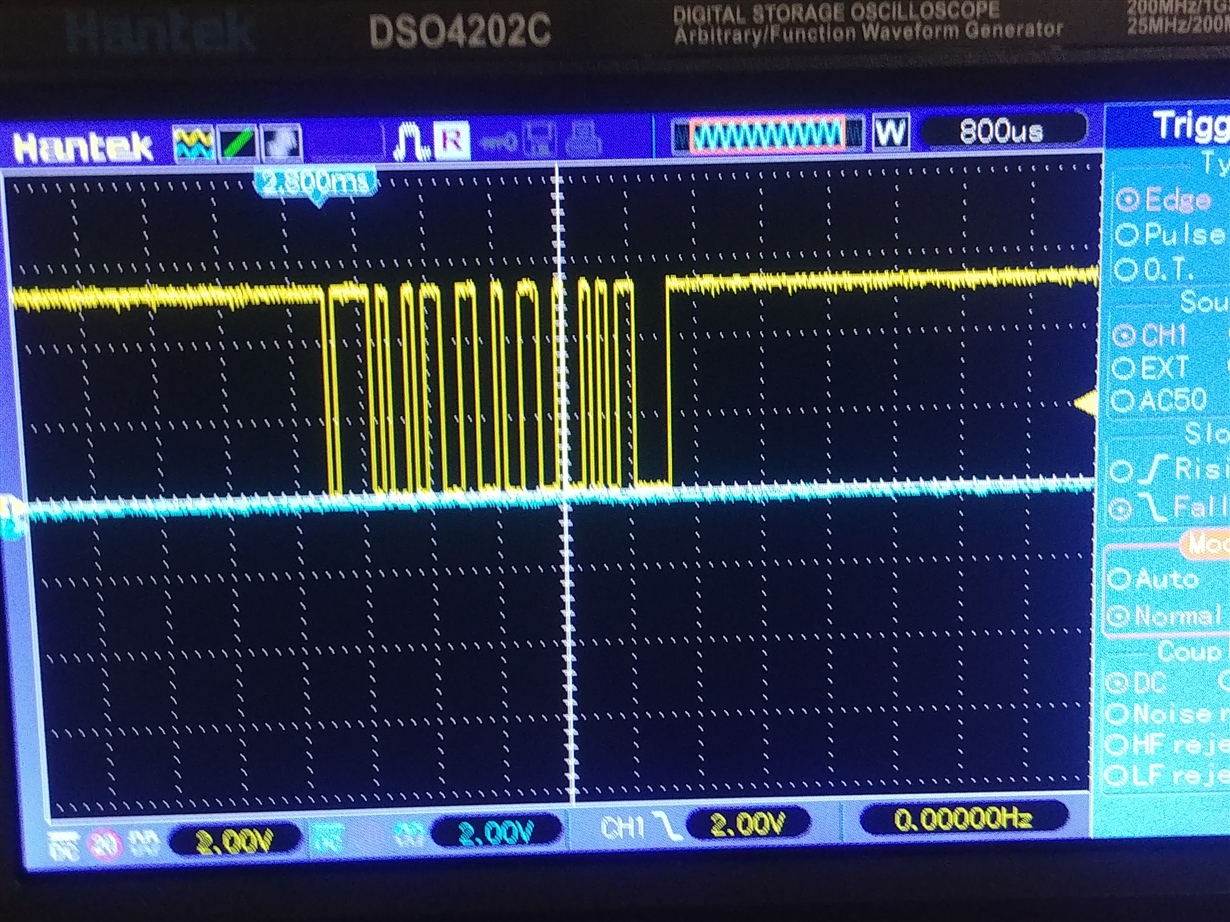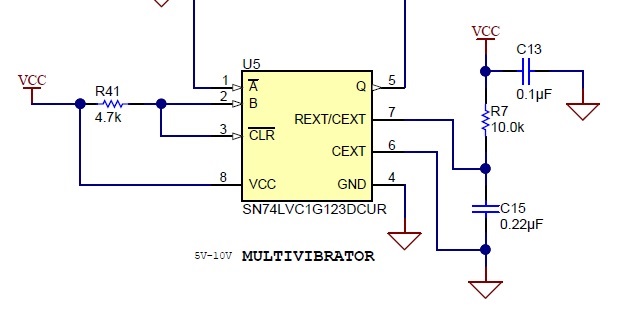I have followed the TIDA-060008 reference design to make a simple, but isolation protected RS232 to RS485 board. However, I am seeing no output from the A or B on the RS485 Transciever. I do see signal on the OUTC (Pin 5) of the Isolator to the input of the RS485 Transceiver. I'm a bit confused about the use of the Multivibrator, and what DIN1 and DIN2 would be used for.
I am assuming that the RS485 device that I am trying to communicate with is Full Duplex.
Maybe there is a simpler circuit design out there than this, but I have this design in hand now.
Any help would be appreciated.




